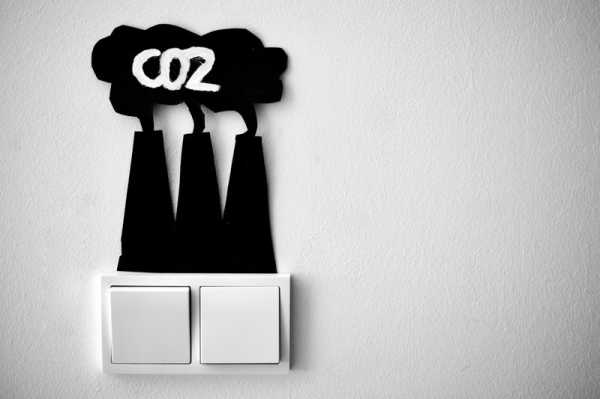
Blackmail has never been a principle of global climate agreements. But rather than receiving promised financial and technological support, less-developed countries are being punished (Photo: Jas Min)
The EU has heralded its new ‘Carbon Border Adjustment Mechanism’ (CBAM) as an important environmental measure, but internationally this initiative is becoming deeply controversial.
It is intended to be a duty on the embedded greenhouse gas emissions of a range of products imported into the EU, including aluminium, cement, electricity, fertilisers, hydrogen, and iron and steel.
However, while CBAM — commonly referred to as the carbon border-tax — is designed to add an external dimension to the EU’s Emission Trading System (ETS), it has direct negative impacts on developing countries, including the least developed countries (LDCs).
This is the verdict of multiple assessments coming from institutions like the UN Conference on Trade and Development, the London School of Economics — and even the EU itself in its own impact assessment.
Next week, India and South Africa will reportedly join this chorus of criticism and challenge the mechanism at the World Trade Organisation Conference in Abu Dhabi.
This follows the recent Third South Summit where more than 130 developing country governments expressed ‘deep concern regarding unilateral protectionist measures taken by some trade partners that would constitute a means of arbitrary or unjustifiable discrimination between countries or a disguised restriction on international trade, including, unilateral and discriminatory border adjustment mechanisms and taxes.’
According to the European Commission, CBAM — which started last October — is supposed to prevent “carbon leakage”. In other words, it seeks to prevent European industries relocating to jurisdictions with less stringent environmental policies, while also incentivising carbon pricing and industrial decarbonisation abroad. The stepwise introduction of the EU’s carbon levy is accompanied by the phasing out of free emission allowances of EU energy intensive industries.
However, while evidence of the “risk of carbon leakage” in the EU is inconclusive, the question remains: is an import tariff a suitable incentive for LDCs to build sustainable and emission-free economies?
Low-income countries, per se, have smaller individual carbon footprints and are, historically, responsible for a fraction of the accumulated greenhouse gases in the atmosphere.
So while their industry may have higher carbon intensity right now, LDCs’ emissions collectively will remain a fraction of EU emissions for decades to come.
What’s more, the EU has the capital and subsidies for industry to invest in the transition. Poorer countries do not. They face increasingly high levels of debt and enormous pressure on public spending, together with soaring financing costs. Thus, the adoption of low-emission technologies lags in most developing countries, due in part to limited finance, technology transfer, and capacity.
Not what the Paris Agreement promised?
This is where the international climate regime under the UN Framework Convention on Climate Change (UNFCCC) and the Paris Agreement come into play.
As it stands, CBAM hardly seems to be compatible with the UNFCCC’s principle of “common but differentiated responsibilities and respective capabilities,” which acknowledges that while all countries should take action to stop the climate crisis, the richest should lead the way.
It recognises that developing countries are less able to switch to clean energy, as they lack technological and financial resources and certainly need more time to transition.
And this is not the only UNFCCC commitment that wealthy countries are yet to meet. Fifteen years ago at COP15 in Copenhagen, the EU was part of a collective commitment to mobilise $100bn [€92bn] new and additional climate finance per year by 2020. This goal was not met.
Sign up for EUobserver’s daily newsletter
All the stories we publish, sent at 7.30 AM.
By signing up, you agree to our Terms of Use and Privacy Policy.
Similarly, direct technology transfer — another UNFCCC commitment — is out of reach for most in low-income countries and clean energy (foreign) investments remain ultra-low. Furthermore, the overwhelming majority of patents for climate and environmental technologies sit within OECD countries, an imbalance which threatens to create yet another payment barrier for developing countries.
Blackmail has never been a principle of global climate agreements. And yet, rather than receiving the promised financial and technological support to lead on their own green transition, under CBAM LDCs are being punished for not introducing certain climate policy instruments (which may not even be the countries’ first choice).
At its heart, this mechanism is a unilateral measure that flies in the face of fundamental UNFCCC principles and climate justice.
It jeopardises LDCs’ trade relations with the EU, putting a further spoke in their wheels as they try to build sustainable economies for themselves.
Source: euobserver.com



